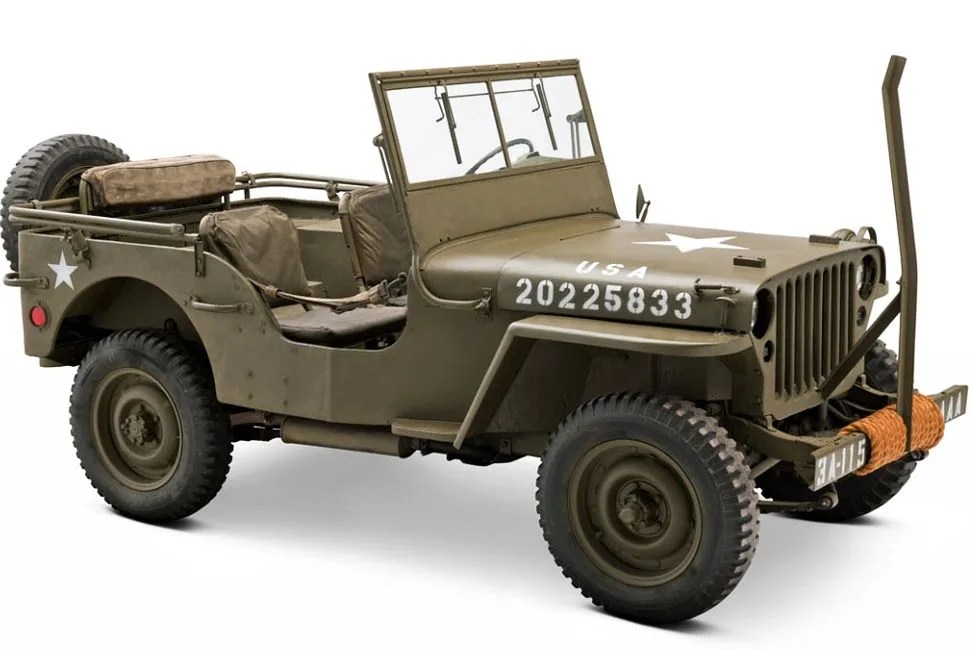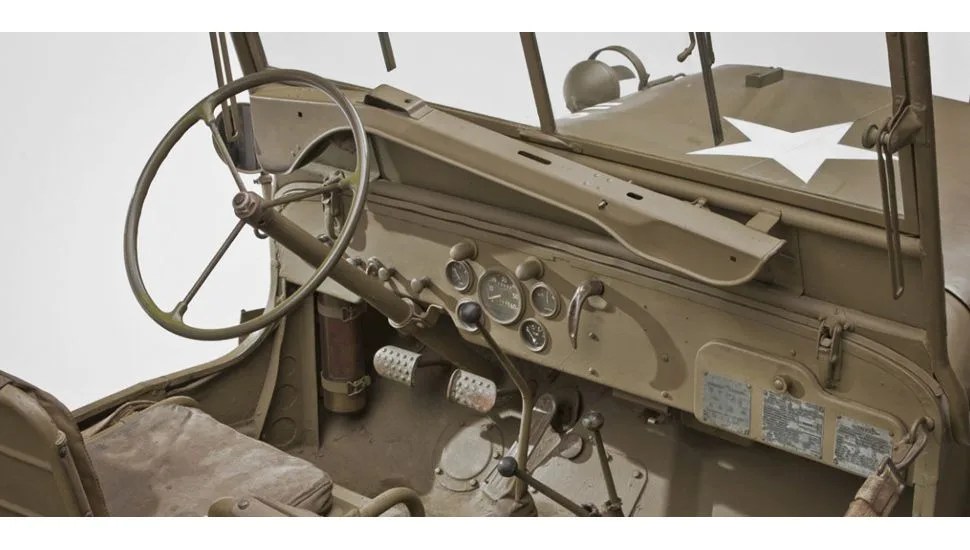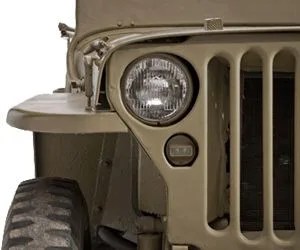If you believe Enzo Ferrari, then “the Jeep is the only true American sportscar”. While it’s argued that the man behind some of the most lusty supercars to grace roads and bedroom walls was actually taking a dig at GM’s Corvette with that quote, a compliment is a compliment. More than Mustang and Corvette combined, the go-anywhere, do-anything attitude and ability of the Jeep defines the very culture it was born to defend. So essential was the Jeep to the American war effort that General Dwight D. Eisenhower concluded publicly that America could not have won World War II without it.
When the request to replace the aging Model-T platform came down the line from the United States Department of War, the task was daunting to say the least. The vehicle had to be four-wheel-drive; it must be powered by an engine with at least 85 ft-lbs of torque; have a wheelbase of 75” or less and a track width of 47” or less; it must carry a 660 lbs payload and tip the scales at a weight that would send Colin Chapman into convulsions: 1,300 lbs. With only 49 days given to develop a prototype and the 75 following to create a fleet of 70 for testing, the list of bidders was small — there were only two.
American Bantam (nee American Austin Car Company) initially won the contract. Working from a design penned in just two days by freelance engineer Karl Probst (it ignored the anorexic curb weight restriction), Bantam would create the first Jeep. Calling it the Blitz Buggy and later the BRC (Bantam Reconnaissance Car) 40, Bantam would go on to provide 2,605 vehicles for the war effort, with most serving British forces. Faced with growing demand, the United States Army Quartermaster Corps turned to the lone remaining bidder, Willys-Overland Motors, to bolster production numbers. By July of 1941 ⟀

it was clear that American Bantam couldn’t cope with contractual obligations and Jeep production, along with Probst’s design, became the property of Willys-Overland Motors. It didn’t hurt that the Willys’ model, known as the MB, was actually cheaper to produce and came equipped with a more powerful engine — the “Go Devil” — that soldiers preferred. Willys-Overland would go on to produce 363,000 MBs for the War effort.
American Bantam (nee American Austin Car Company) initially won the contract. Working from a design penned in just two days by freelance engineer Karl Probst (it ignored the anorexic curb weight restriction), Bantam
would create the first Jeep. Calling it the Blitz Buggy and later the BRC (Bantam Reconnaissance Car) 40, Bantam would go on to provide 2,605 vehicles for the war effort, with most serving British forces. Faced with growing demand, the United States Army Quartermaster Corps turned to the lone remaining bidder, Willys-Overland Motors, to bolster production numbers. By July of 1941 it was clear that American Bantam couldn’t cope with contractual obligations and Jeep production, along with Probst’s design, became the property of Willys-Overland Motors. It didn’t hurt that the Willys’ model, known as the MB, was actually cheaper to produce and came equipped with a more powerful engine — the “Go Devil” — that


